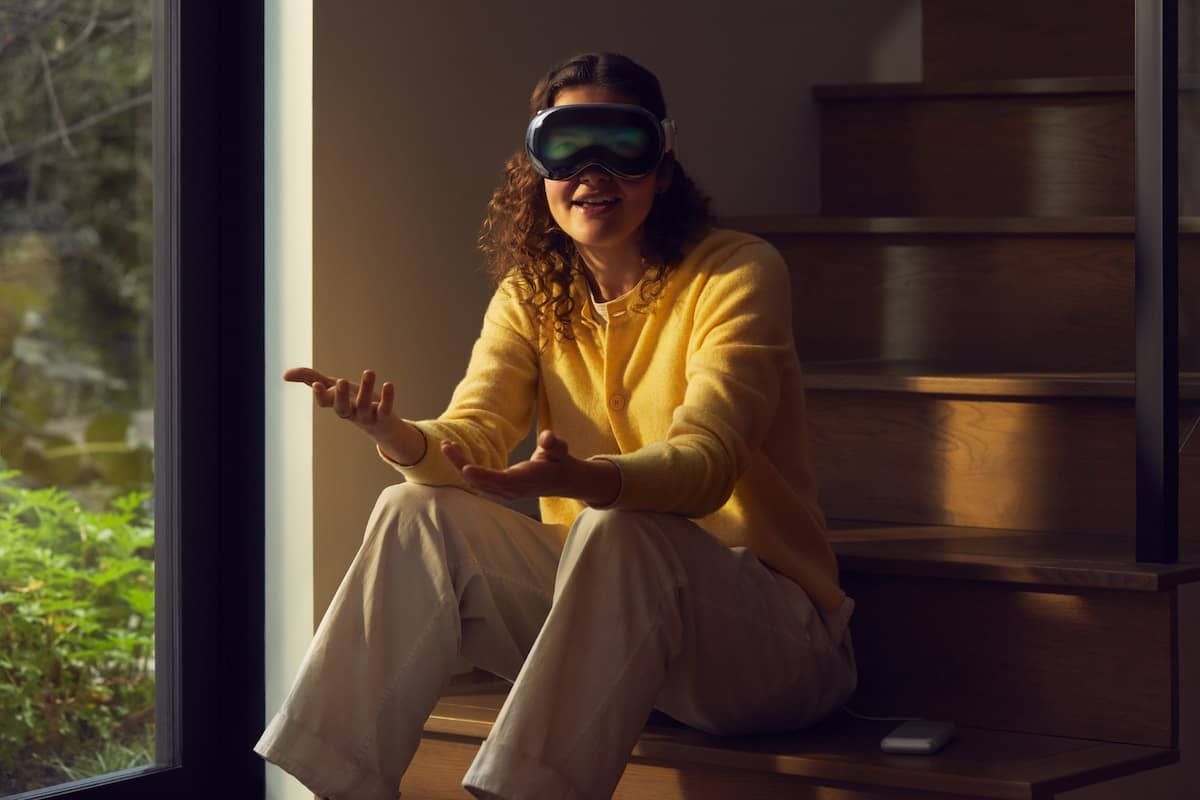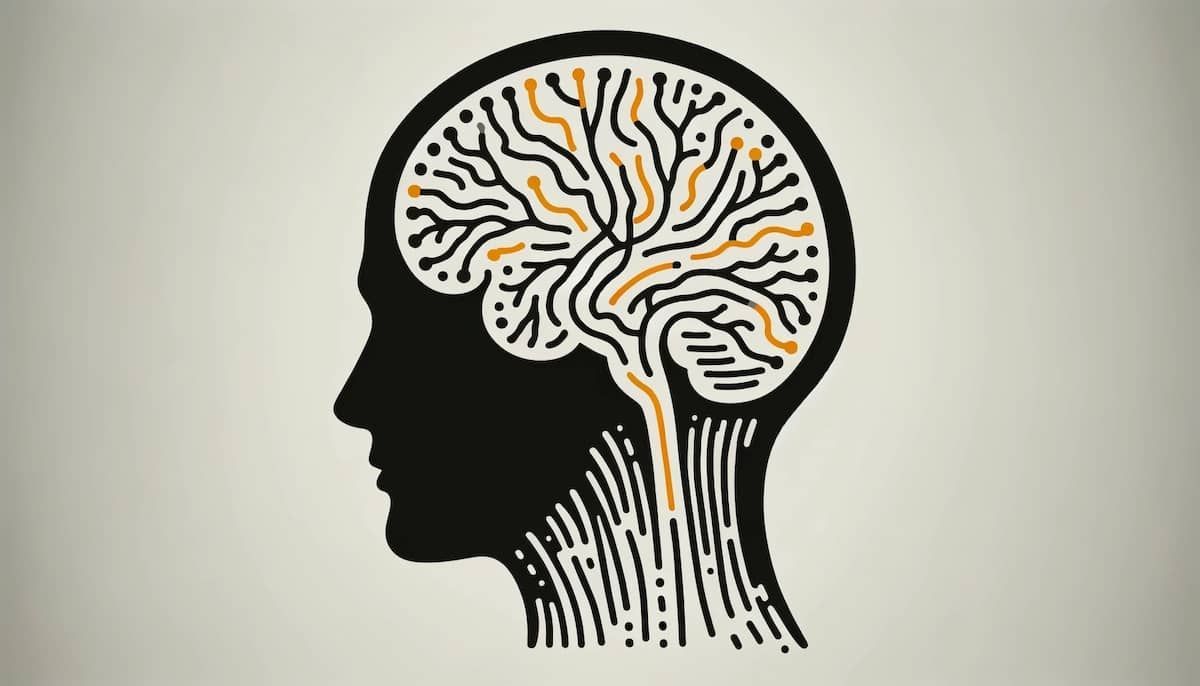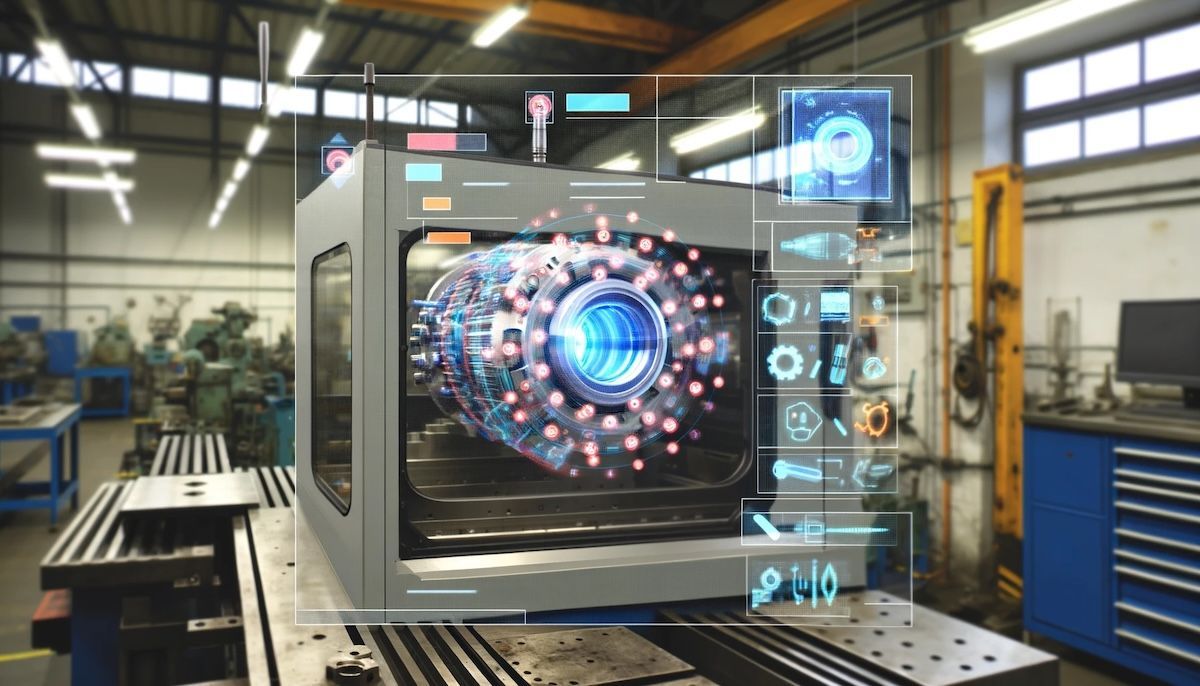
July 11, 2025
Augmented Reality Expands Reality in Schleswig-Holstein
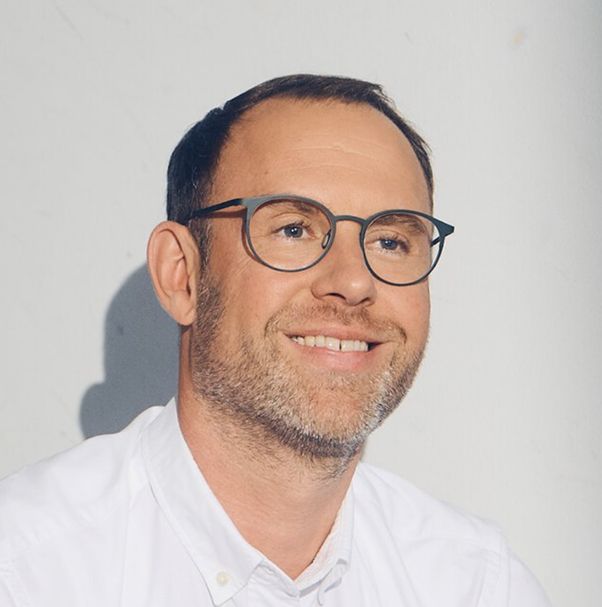
Founder/CTO The Spatial Studio, Technology-Enthusiast
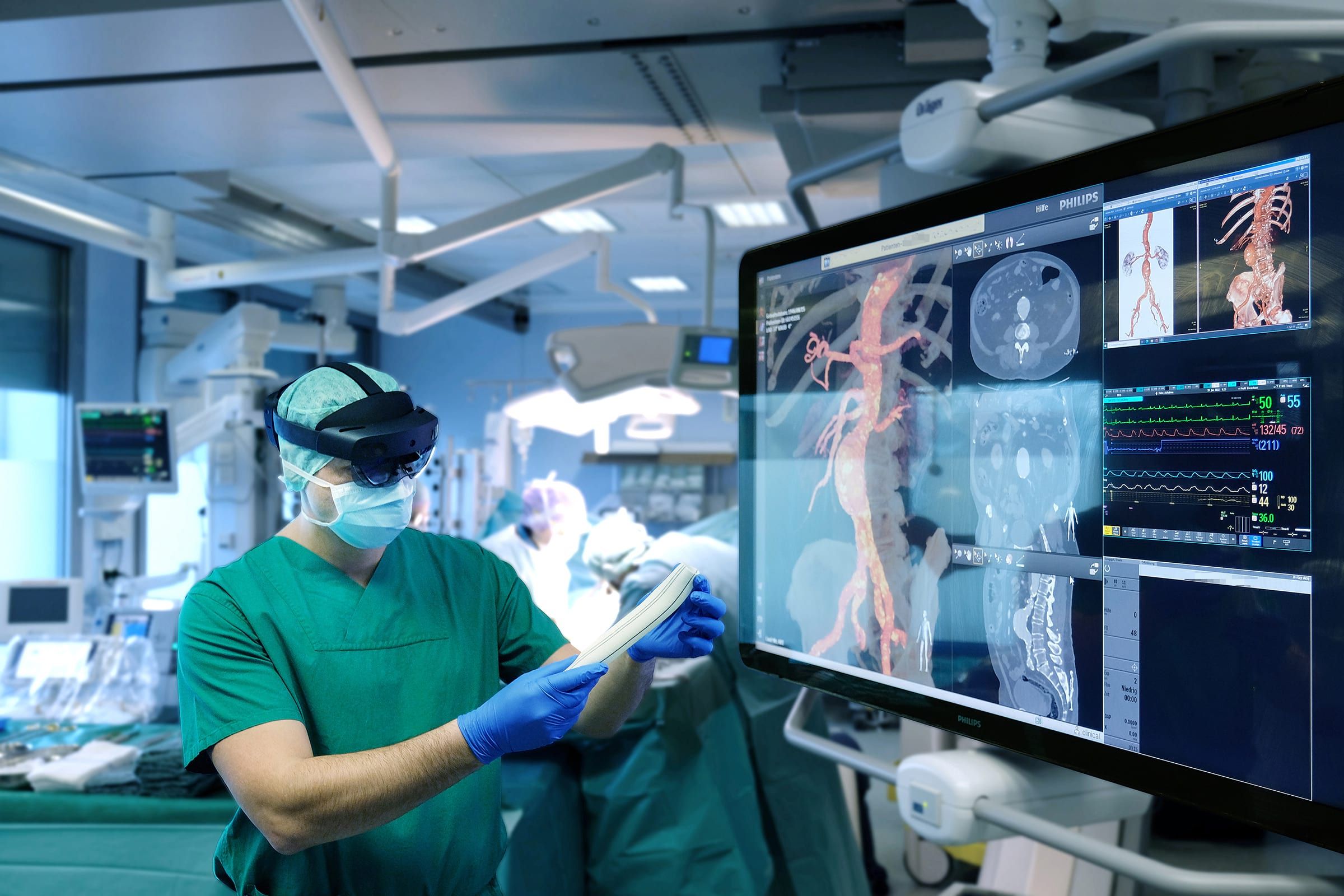
In Schleswig-Holstein, numerous digitization projects show what the future holds for us and what role augmented reality (AR) will play in this transformation process.
Contents
We recently moved our technology and AR agency from Hamburg to beautiful Schleswig-Holstein and took a look around. Below you will find some exciting examples and projects.
Schleswig-Holstein has been a leader in energy technology for years. The focus has long been on innovation, and the state is also tackling the issue of digitalization with corresponding ambition. It has set itself no less a goal than to play a leading role in this field within Germany. That's what makes this location so exciting for us.
We already feel very much at home in this northernmost federal state and want to make our contribution to achieving the goals that have been set. What could be more appropriate than promoting augmented reality technology? We want to show companies and other interested parties in the region what augmented reality has to offer and why it is so important for many industries and projects today.
In this article, we outline the status quo of augmented reality in Schleswig-Holstein. What is already available, and what are the most exciting examples? We show how great the potential is for the coming years.
Findings from this article:
- Growth and market potential: Augmented Reality (AR) is growing in Schleswig-Holstein, supported by regional investments and increasing demand in sectors such as tourism, industry, and education.
- Applications and innovations: AR is successfully used in tourism for interactive sightseeing, in education for better learning support, and in industry to optimize maintenance processes, leading to greater efficiency and user satisfaction.
- Economic impact and outlook: Projects using AR technologies have already led to increased sales for local companies in Schleswig-Holstein, and experts predict that the AR sector will contribute to the regional economy.
What is Augmented Reality?
When we add the digital world to the real world without creating an entirely new virtual environment, we are talking about augmented reality. This is different from virtual reality, which makes the user forget about their real environment. We use AR to extend reality to provide useful additional information and content.
In practice, companies have a wide range of applications for augmented reality. E-commerce has recognized the potential for its marketing. When we shop online, we can virtually try on shoes and other products as if we were in a physical store. Although still in its infancy, this revolution is gaining momentum.
It requires nothing more than the camera of a smartphone, for example. The device captures the environment and adds the desired virtual content to the application. These appear on the screen as if they were part of reality. In addition to mobile devices, this also works with special data glasses.
Digital transformation
Digital technologies are transforming our economy and society as a whole. This is an ongoing process that we call digital transformation. It affects businesses and government, and has far-reaching implications for consumers. Everyone is impacted. As a digital technology, Extended Reality (XR) is part of this comprehensive change process.
For businesses, digital transformation often means responding to changing customer expectations. They can do this by adapting their processes. They are developing entirely new digital business models to keep up with the demands of younger target groups in particular. A federal state like Schleswig-Holstein is involved in this process at various levels.
Schleswig-Holstein wants nothing less than to secure its future through digital transformation. The state has had a digitalization cabinet since 2017, and digitalization is a key issue for the state government. Economic growth, future prosperity and equal opportunities all depend on a successful transformation. So let's have a look at how far the North has already come.
Examples of Augmented Reality in Schleswig-Holstein
Example 1: Application of AR at the University Medical Center Schleswig-Holstein (UKSH)
The UKSH offers a glimpse into the future of digital healthcare. This 5G clinic is initiating many developments that we will likely see in other hospitals and healthcare centers in the future. These include the use of artificial intelligence in diagnostics, remote examinations and digital consultations. One of the most exciting things we are looking at is extended reality.
Extended reality plays a particularly important role for the UKSH. With AR glasses on the head, it is possible to look over a doctor's shoulder while he or she is working. This opens up new possibilities for practical knowledge transfer, for example in the training of new doctors. Diagnoses can be made in greater detail using high-resolution diagrams. The hospital is testing this.
Thanks to AR, organ structures can be studied in unprecedented detail. The images come directly from the CT scanner and are transferred to the AR glasses. The user sees bones and organs vividly. But there are also advantages in the exchange between doctors, thanks to the possibilities of real-time connectivity.
Learn more: AR in medicine
Example 2: Augmented Reality Remote Support at the Mittelstand-Digital Zentrum Schleswig-Holstein
The Mittelstand-Digital Zentrum Schleswig-Holstein is working on more effective staff deployment and is using AR for remote support. Remote support means that employees no longer have to be on-site for every assignment. With appropriate guidance, customers can do many things themselves, such as minor repairs. Thanks to the smart glasses, all important information can be transmitted from the environment. The support team can look over the customer's shoulder from a distance as if they were on-site.
In this context, AR enables resource-saving deployment of specialists. Companies can pool their expertise in one place and then send out service personnel with basic training to receive support from their remote colleagues. This is also a response to the increasing shortage of skilled workers.
The Mittelstand-Digital Zentrum Schleswig-Holstein has recognized the potential of AR technology and is exploring its benefits. For example, an external employee could add colored markers to the real-world environment captured by a camera at the site where he suspects a system or device is malfunctioning. Field workers no longer need to know everything themselves. They can use their existing knowledge much more efficiently.
Example 3: Digital Storytelling at museum4punkt0
Communicating historical contexts through digital storytelling is the goal of a project that the Foundation of Schleswig-Holstein State Museums at Gottorf Castle wants to realize in the form of a web application for augmented reality. Digital technology makes hidden stories narratable and thus tangible for the user. AR extends reality with additional benefits, in this case the museum space, which the project supplements with a digital narrative level.
A total of five AR hotspots are planned for the Baroque Garden on the Museum Island of Gottorf Castle, the Jewish Museum in Rendsburg, and the Molfsee Open-Air Museum. They will visualize the history of objects, spaces, and uses, and illustrate earlier appearances and usage scenarios in comparison. This opens up new possibilities for communicating the history of a place.
Read more: AR in the museum
Example 4: Experiencing the art of repair through virtual reality at the Kiel University of Applied Sciences
The Kiel University of Applied Sciences has developed a VR game in which users have to repair a sound installation on campus. This can only be done in cooperation. One player performs the manipulations in the virtual environment, while the other looks up the manual and gives instructions.
Unlike augmented reality, VR creates a complete virtual world that, in the case of this project, still has a connection to reality. The experimental project took place in the winter semester 20/21 under the supervision of Prof. Dr. Patrick Rupert-Kruse and Prof. Dr. Franziska Uhing. The goal was to use communication to connect the physical and virtual worlds.
Conclusion
Schleswig-Holstein has recognized the potential of augmented and virtual reality. This is demonstrated by the wide range of projects that are exploring this technology and are already creating added value for users. The state can play a pioneering role here if it consistently follows the path it has chosen. For us, this is confirmation that we are on the right track. We now look forward to making our contribution to expanded realities in Schleswig-Holstein.

Founder and CEO
Passion for New Technologies
As a creative engineer and consultant specializing in holistic digital transformation, I have spent over 15 years helping renowned companies use new and innovative technologies in creative and meaningful ways.
At "The Spatial Studio," my team and I combine engineering expertise, software development, and UX design to create entirely new three-dimensional possibilities for our clients.

